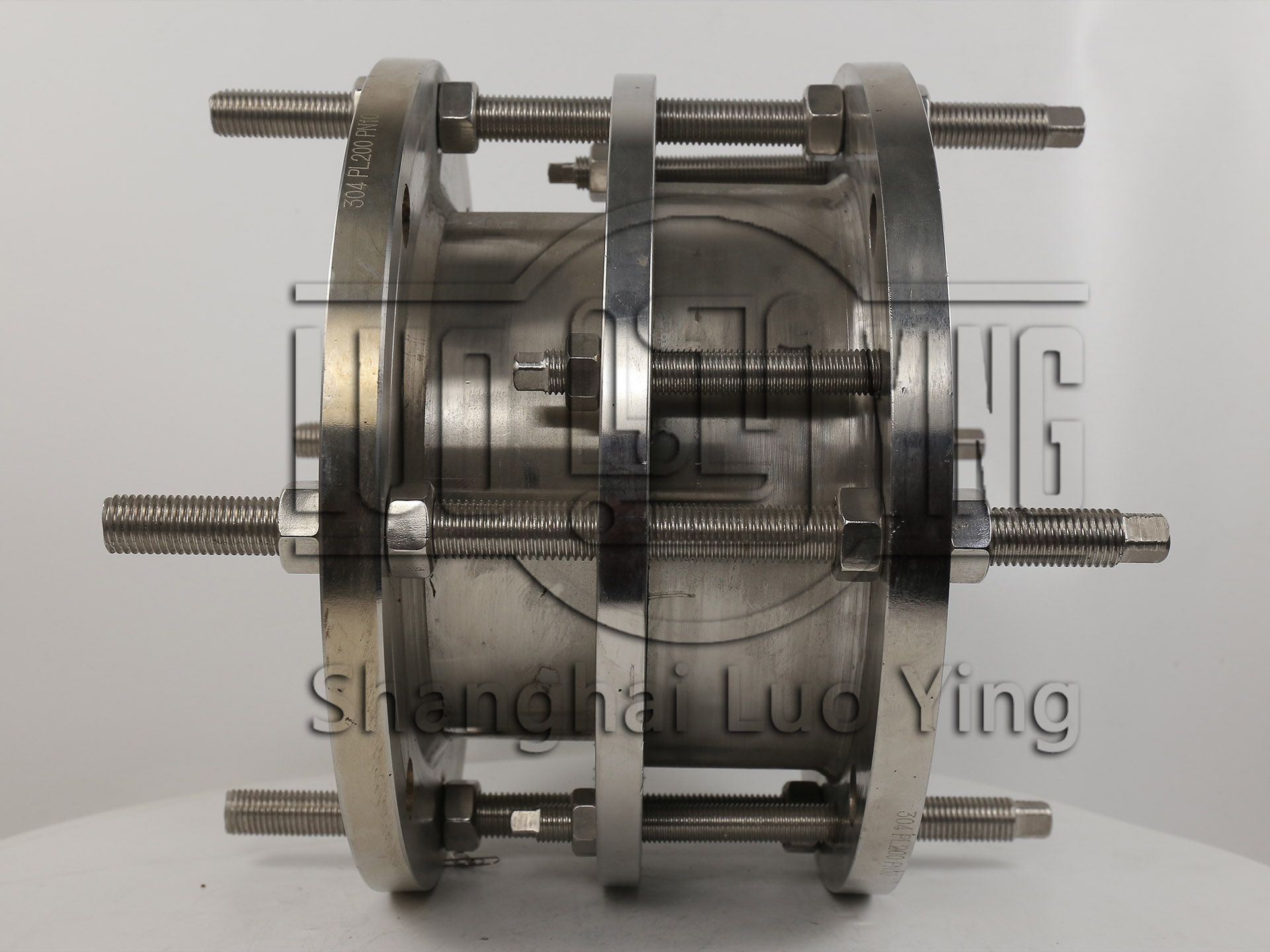Can high and low temperatures cause damage to force transfer joints?
Jun-23-10
Can high and low temperatures cause damage to force transfer joints?Force transfer joints are a common mechanical component used to transmit power from one side to the other, thus enabling the transfer of pressure at the joint. The performance of force transfer joints can change depending on the manufacturing material and the environment in which they are used, especially in high temperature and high humidity environments.
Thermal stresses occur in force transfer joints in high temperature environments, which can lead to degradation of the performance of the joint and may even cause damage to the joint. When a force transfer joint is exposed to sunlight or high temperatures, the moisture and heat on its surface can increase its thermal load, which can reduce its performance.

Therefore, factors such as temperature and humidity can affect the performance of force transfer joints. When using force transfer joints, suitable materials and manufacturing environments should be selected to ensure their long-term performance and reliability. In addition, precautions should be taken to avoid exposing the force transfer joints to sunlight or high temperatures, and to control their humidity within the appropriate range.

